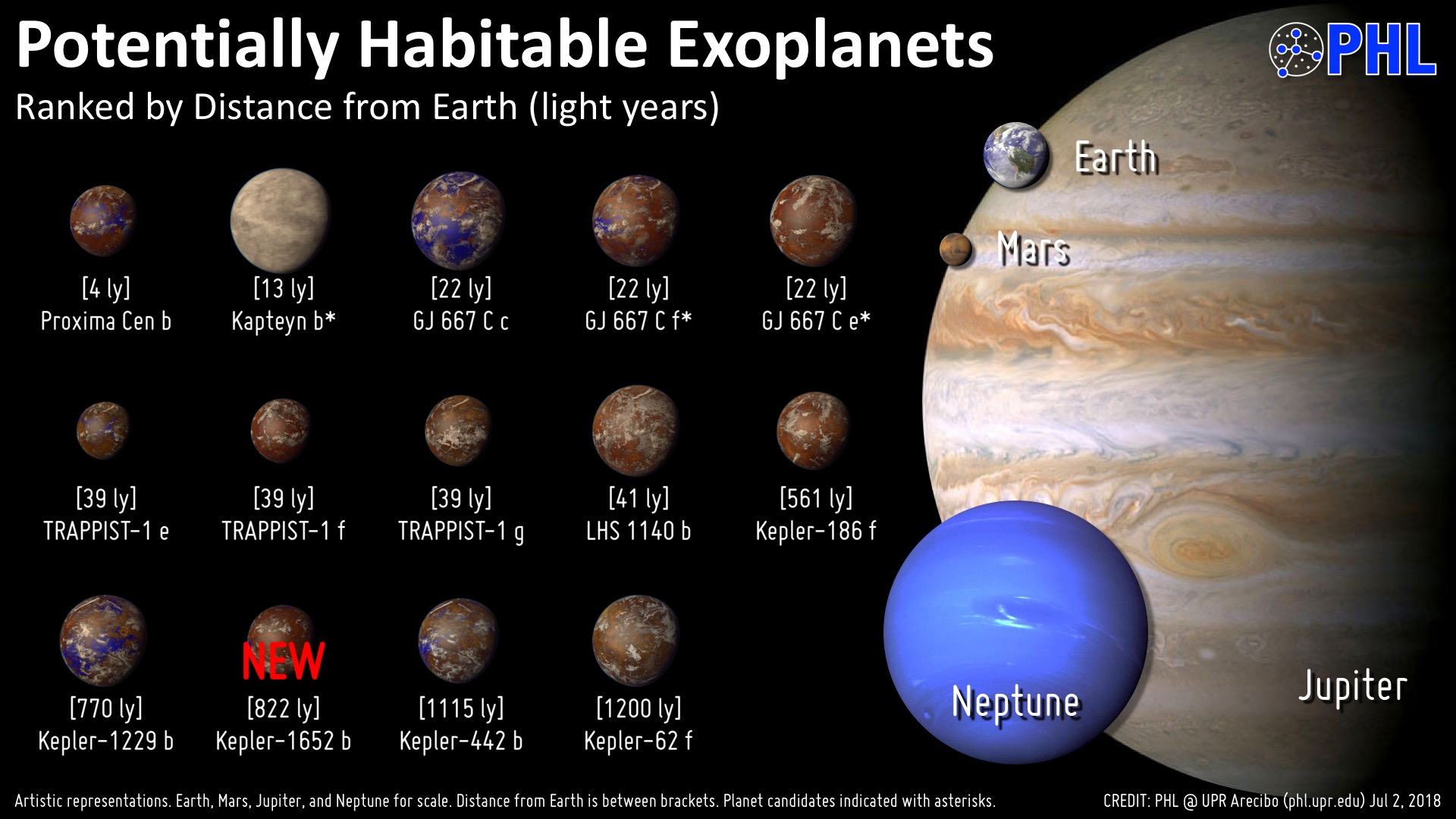I found this book from 1964 about the possibility of human-habitable worlds elsewhere in the galaxy. Habitable Planets for Man, by Stephen H. Dole, discusses the requirements for a planet to support human colonization. Although in our current era of rapid exoplanet discovery (I'm pretty sure the word "exoplanet" didn't exist when this was written) is likely to refute at least some of this analysis, anybody interested in worldbuilding out to skim it at the least. Some of the requirements Dole lays out in his analysis:
-A mass between 0.4 and 2.35 Earths
-A surface gravity between 0.68 and 1.5 Earth-gravities.
-A mean annual temperature between 32 and 86 degrees Fahrenheit.
-A day length of less than 96 hours.
-A primary sun massing between 0.35 and 1.43 solar masses.
Dole also uses an equation reminiscent of the Drake Equation to estimate the number of habitable planets in the galaxy. After a lengthy analysis, Dole concludes that there is probably at least one habitable planet within 27.2 light-years of Earth, and 50 such planets within a 100-light-year radius(!)
In-teresting.
 |
| Pictured: A lineup of some of the best candidates for habitable worlds as of 2014. (Credit: Planetary Habitability Laboratory, University of Puerto Rico. Full-size image here.) Not pictured: explanation for why most of these planets are so pale. |
That being said, I don't want to be excessively optimistic. It's true that we've been finding hundreds of planets within a small search volume relative to the size of our galaxy, and those are just the ones we can detect. Still, we don't know if our carbon-water-oxygen-based biochemistry is the norm in the universe. An alien biosphere could very easily be toxic. Even if the chemistries were identical, that could be worse. Alien bacteria could kill the first settlers in a matter of hours, a la War of the Worlds. Or consider an inversion: we land on a new world and the human microbiota in our bodies kill 95% of the native ecosystem within 20 years. Or yes, it might be inhabited already.
The fact remains that we've only found life on one planet, our own. That's not enough to plot a trendline. Once we find life somewhere else, we can start comparing and contrasting, and then our speculations will be much more fruitful.
But in the meantime, Dole's analysis provides us with an idea of what to expect, and a place to start when conceiving alien worlds in science fiction. Dole even leaves the reader with some creative ideas of alien worlds:
-Habitable moons
-Twin habitable worlds orbiting each other
-Planets in close and loose binary systems
-Planets with high axial tilt
-Planets with two habitable belts (think too hot at the tropics, too cold at the poles, but temperate at the middle latitudes in both the northern and southern hemispheres)
-Ringed planets
Whatever we find out there, it probably won't be like anything we've seen before. Maybe it'll be like something predicted in science fiction, but that's certainly no guarantee. Whatever is out there though, it'll be awesome.
No comments:
Post a Comment